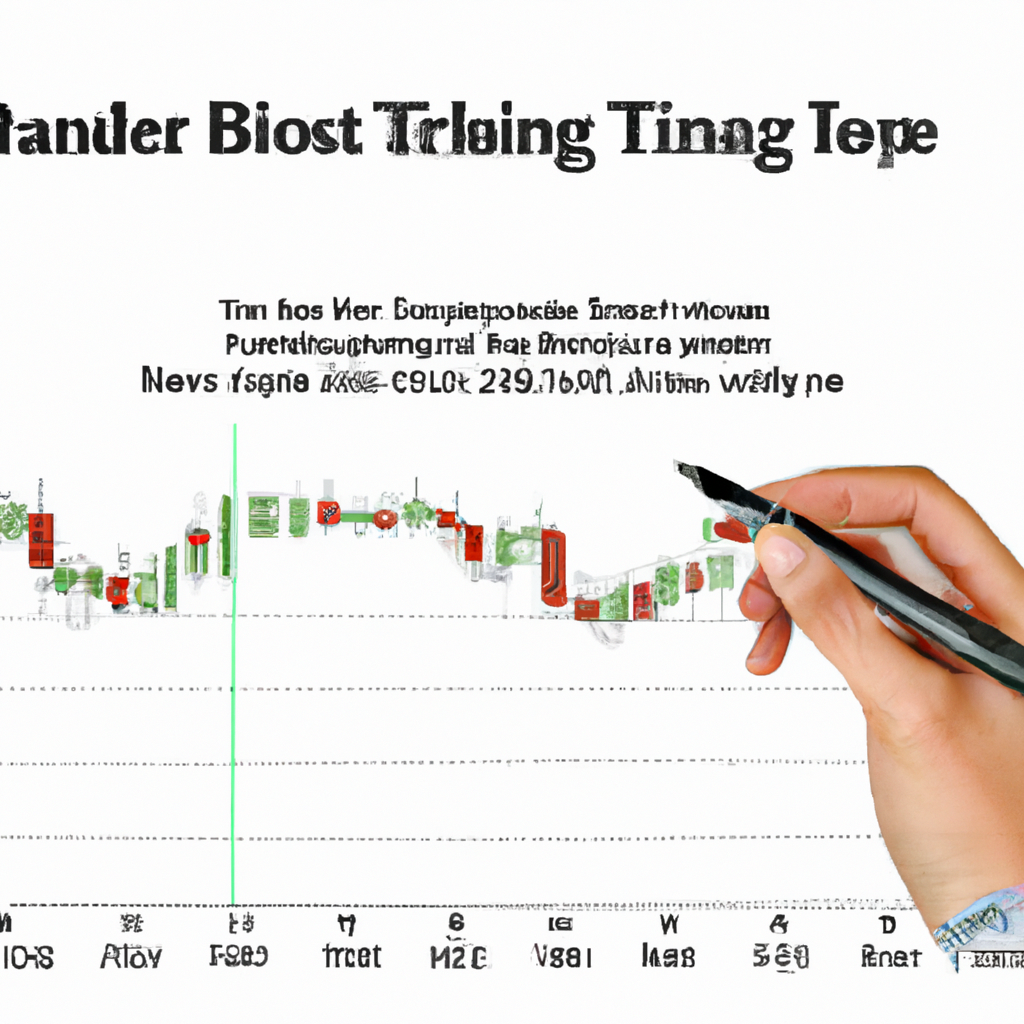Bollinger Bands Trading Tips
Bollinger Bands are a popular technical analysis tool that helps traders identify potential entry and exit points in the market. Here are some tips to help you make the most of Bollinger Bands in your trading strategy.
Understand the Basics of Bollinger Bands
Bollinger Bands consist of a simple moving average (usually 20 periods) and two standard deviations above and below the moving average. The bands expand and contract based on market volatility, providing a visual representation of price volatility.
Use Bollinger Bands to Identify Overbought and Oversold Conditions
When the price touches or exceeds the upper band, it may indicate that the asset is overbought and due for a pullback. Conversely, when the price touches or falls below the lower band, it may signal that the asset is oversold and due for a bounce.
Look for Bollinger Band Squeezes
A Bollinger Band squeeze occurs when the bands contract, indicating low volatility in the market. This often precedes a significant price movement, so traders can use this signal to anticipate a breakout or breakdown.
Combine Bollinger Bands with Other Indicators
Bollinger Bands work best when used in conjunction with other technical indicators, such as RSI, MACD, or stochastic oscillators. By combining multiple indicators, traders can confirm signals and increase the likelihood of successful trades.
Set Stop Losses and Take Profits
To manage risk and protect your capital, always set stop losses and take profits when trading with Bollinger Bands. Stop losses can help limit losses in case the trade goes against you, while take profits can lock in gains when the price reaches a predetermined target.
Practice with a Demo Account
Before implementing Bollinger Bands in your live trading, practice using them with a demo account. This will help you familiarize yourself with the indicator and develop a trading strategy that works for you.
By following these tips and incorporating Bollinger Bands into your trading strategy, you can improve your chances of success in the market. Remember to always do your own research and never risk more than you can afford to lose. Happy trading!










